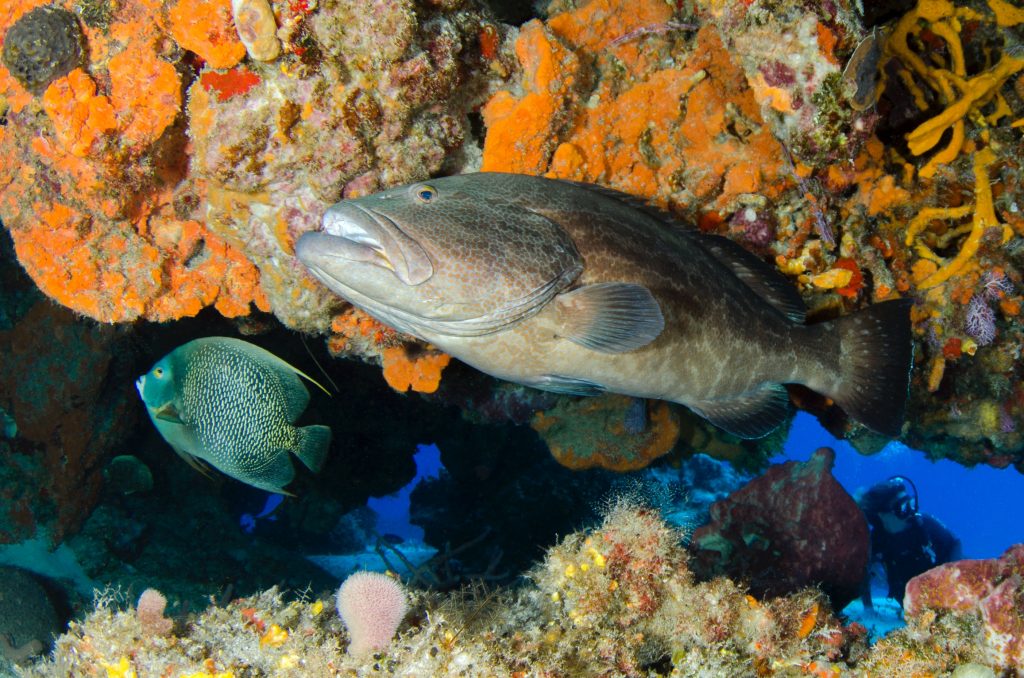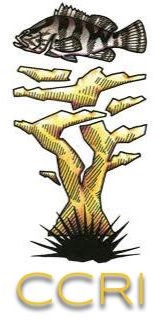Author: Edgardo Ojeda, Ph.D.
Institution: University of Puerto Rico Mayaguez
Year: 2007

Known spawning aggregation sites (SPAG’s) for reef fishes from Puerto Rico consisted only of several red hind (Epinephelus guttatus) sites and one each for tiger grouper (Mycteroperca tigris) and mutton snapper (Lutjanus analis). This project initiated an interview-based survey as a first step to identify additional potential sites
covering the complete Puerto Rican Archipelago including the islands of Mona, Desecheo, Culebra and Vieques. The survey targeted 50 key stakeholders among commercial (using multiple gears) and sport fishers (using skin-diving) identified as knowledgeable, long-term users of the local fisheries resources. Using a questionnaire with twenty-three questions, fish photos, charts and geographic information system “GIS” analysis, information was obtained on 27 past and 93 present “potential” (not overlapping) spawning aggregation sites, spawning times, changes in species composition in time and space, spawning site fidelity, and 76 sites supporting multiple spawning species. General information covered a total of 61 species, primarily snappers (Lutjanidae; 12), groupers (Serranidae; 11), jacks (Carangidae; 8) and scombrids (Scombridae; 4) which form spawning aggregations. In addition, a diverse and useful range of socio-economic and biological comments were provided, mainly by commercial fishers that may prove useful in designating and managing potential Marine Protected Areas (MPA’s).
References & more
